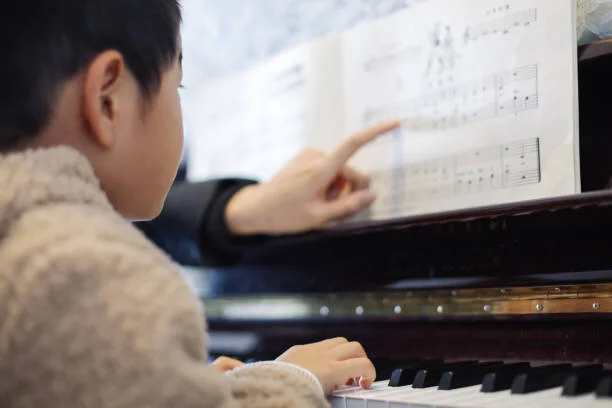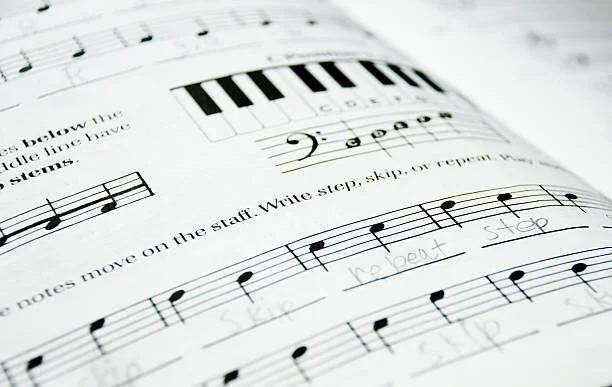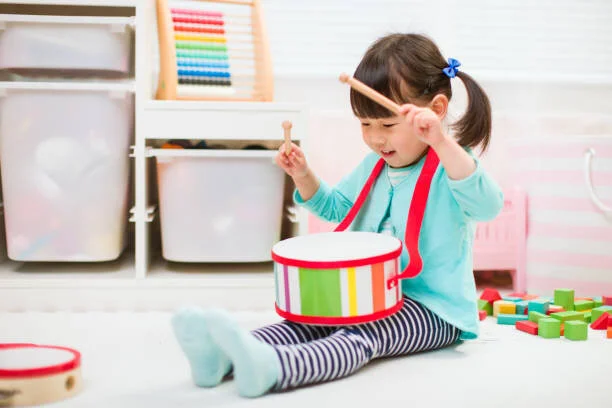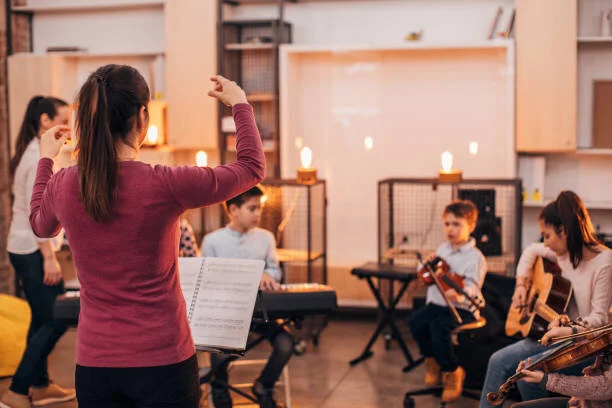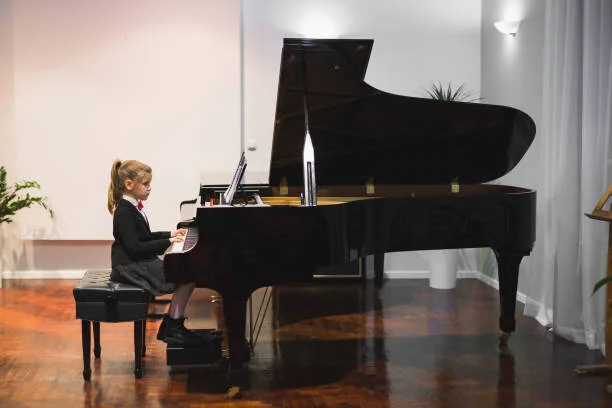OUR CURRICULUM
BUILDING A SOLID FOUNDATION
We believe a strong foundation from the beginning is the basis of any student’s musical journey. Without a strong foundation there is no room for creativity and individuality. We build this foundation upon four main principles:
Reading music proficiently.
Understanding and figuring out fingering.
Understanding and reproducing written rhythms.
Playing/singing a piece in even time at a performance tempo.
Introducing these principles from the beginning gives the new musician the confidence and ability to express themselves throughout their musical journey. We instruct through demonstration, imaginative metaphors, and well-chosen repertoire.
TECHNIQUE
Technique describes the essential movements, gestures, and touches the body creates to produce a particular sound with our instruments. Proper technique not only helps musicians play their instruments correctly, but it also helps stave off health problems caused by practicing and playing incorrectly. Proper technique also allows the student to play their instrument in a way that sounds pleasing not only to themselves, but their audience.
MUSIC HISTORY AND THEORY
Music history examines the “subtext” of a piece, putting the interpretation in the proper historical, social, and emotional context in which it was written. Music theory examines the elements that construct a piece of music, including notation, key signatures, time signatures, and chord progressions.
By making music history and music theory a regular part of the lesson curriculum, students can enjoy the process of learning music. This happens because they understand what is going on in the music and can find ways to relate to the music. Music history and music theory are fundamental tenets of a balanced music education.
CURRICULUMS DESIGNED FOR STUDENT SUCCESS
Learning an instrument strengthens a student’s emotional and cognitive development at a much quicker pace than children who do not. We design our curriculums to align with certain child developmental skills to ensure each student is on a path for success. These include, but are not limited to:
Reducing and handling stress.
Being patient and persevering through tasks which feel impossible.
Cultivating creativity.
Improving time management skills and personal discipline by setting short-term and long-term goals.
Seeing failure as a positive and pulling from different experiences to solve problems.
Increasing non-verbal IQ.
Increasing emotional perception.
Increasing memory capability.
Improving fine motor skills and reaction times.
COLLABORATIONS
Collaboration in music education is not only beneficial but is also essential for life development. Music collaboration teaches students:
To tap into different skillsets, share ideas, and learn something new outside of their comfort zone.
How to work with others and delegate different responsibilities during the creative process.
How to give and receive helpful and constructive criticism from their peers.
How to build working relationships over a common interest or goal.
The importance of preparation and willingness to take risks in front of others.
These are skills that people use daily in their personal and professional lives. We encourage the development of these skills through teacher-student duets, student duets, and other group performance opportunities.
PERFORMANCE OPPORTUNITIES
Recitals provide a tangible goal for students to work towards. They give students the ability to:
Manage their practice time while working to perfect their pieces.
Receive recognition for their hard-work.
See their progress as well as the progress of others.
Practice public speaking and to gain confidence in front of a group.
Express nervousness and conquer it.
Students experiencing nervousness from a young age and successfully conquering it builds their confidence. Due to the work needed to perform, students who work towards recitals on a regular basis are less likely to quit and more likely to reap the benefits of learning an instrument to mastery.
HYBRID MODEL
The concept of traditional education has changed radically within the last couple of years. Being physically present in a classroom isn’t the only learning option anymore — not with the rise of the internet and new technologies, at least. Nowadays, you have access to a quality education whenever and wherever you want, as long as you have access to a computer. We are now entering a new era — the revolution of online education.
When done on a one-on-one capacity, private lessons can be as effective, if not more, than in-person lessons. Teachers have all their resources at their disposal in their studio while students get to learn in their own practice environment. Students and teachers are also not bound to geographical boundaries. In an era where time is very limited, it reduces time in traffic which leads to a significant reduction in cancelled lessons.
We have designed our lessons where you have the option to take your lesson online from anywhere or in your teacher’s studio based on your schedule. Maybe you have a busy month, so all lessons are online or maybe you have a half day of school and decide to take that day’s lesson in-person. Either way, the choice is yours. Our teachers follow a thought-out curriculum designed to each student’s needs, which gives each family the flexibility they need to keep consistency with their investment.
We believe developing an in-person bond is important between students, their families, and their teachers. This is why whether a student takes lessons exclusively in-person, online, or a mixture of both, all formal recitals are done in-person in central cities based on student locations.
OUR 10% COMMITMENT
Despite the enormous influence of musicians of color in nearly every genre of music, the classical music field remains starkly white and Asian. In 1996, Black and Latinx musicians comprised one percent of American orchestras. Today, their ranks have increased to just four percent, according to data compiled by the League of American Orchestras. Leadership of the world’s prominent musical institutions remains similarly homogeneous, with people of color representing only one percent of orchestra executive directors. The New York Philharmonic, the oldest symphony orchestra in the United States (founded in 1842), did not have a single African American principal player in its ranks until 2014, when Anthony McGill was hired as principal clarinetist.
The striking lack of diversity on classical music stages has created a perpetual cycle of exclusion, where aspiring musicians of color must overcome barriers at every step of the way, from prohibitive costs of lessons and instruments to implicit bias during auditions. Not to mention the profoundly discouraging reality that many musicians of color face when attending their first classical performance — looking up at the stage and being unable to spot a single player who looks the way they do.
Therefore, we firmly follow a "10% Commitment Policy" and have made it our goal to do our part in diversifying our field. We believe every person and business should commit 10% of their time and resources to those less fortunate to help create a better community for all. We have chosen to have 10% of our studio on full scholarship which includes instruments and materials. Students who receive a scholarship remain undisclosed to the other students and parents in the studio. This ensures everyone is treated equally and receives the same quality education. In return, students on scholarship are required to maintain a B average in school and volunteer 4 hours a month towards building a better community for all. The most popular options have been playing music in nursing homes, building homes with Habitat for Humanity, and helping at local food banks. By operating in this fashion, our hope is to diversify the music industry and bring awareness to the power a quality arts education can bring to future generations.

